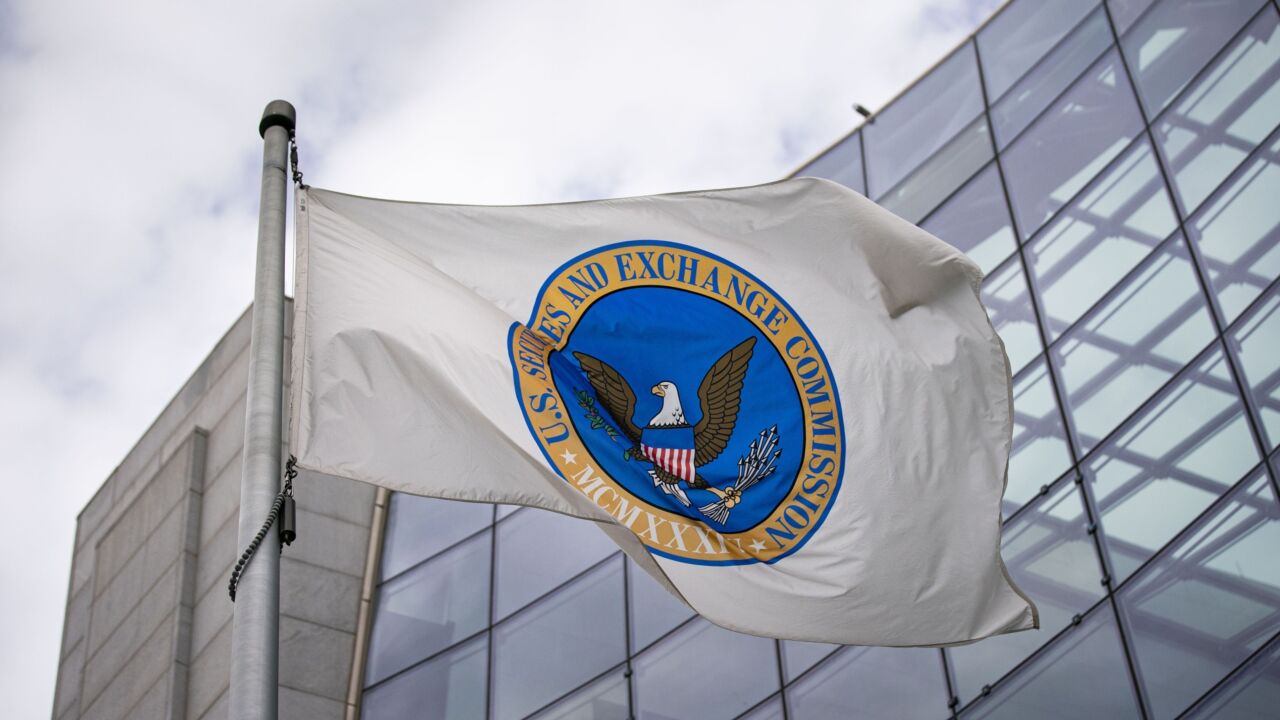Retirement isn’t what it used to be.
Whether due to a change in the workplace, a shift in priorities, or the ongoing pandemic, employees are no longer waiting until 65
“Even the largest employers have these retirement plans, but there's no financial education being provided to help people utilize those 401(k)s, IRAs and other resources,” says Kevin Chancellor, a financial adviser with Jag Financial Services. “Employers just say, here's what we offer, best of luck to you.”
Read More:
It isn’t enough for employers to simply provide broad definitions of the retirement benefits at their employees’ disposal. It's vital, Chancellor says, that employees have both a wealth accumulation plan and a retirement income plan. The former is an understanding of amassed wealth and future income streams; the latter, which is an understanding of yearly income, can be tougher to grasp — and can come with plenty of potential land mines. But there are ways employers can help soon-to-be retirees avoid them.
“It would really be beneficial for employers to invest in their employees’ financial education so that they can utilize those tools better,” Chancellor says. “Another way to start is to introduce the self-directed option for their employees and explain what that means, versus just a lineup of investments they can choose within their plan.”
Read More:
A self-directed option means the employee can hire a financial adviser (depending on the employer, this kind of guidance could be fully paid for, partially, or out of the employee's pocket) who can personally manage retirement assets.
“If that
Chancellor also encourages employers to make sure their employees understand that the income they are used to living on is going to change when they leave the workforce.
Read More:
“The net that goes into their checking account is what they're used to living off,” Chancellor says. “What they then have to look at is, does that amount cover all of the expenses that you're going to incur during retirement? Because people wake up and feel like every day is a Saturday, looking for things to do that cost money.”
This can be especially problematic for employees who are retiring before 65. Having less in savings and more time to spend is a challenging balance, and easy-to-overlook costs, like healthcare, can throw a wrench in early retirees’ financial plans, especially when
Employees are eager to understand their options so they can make the most out of their retirement, and employers are in a position to help — but it will take an additional investment in education and resources to make an impact.






